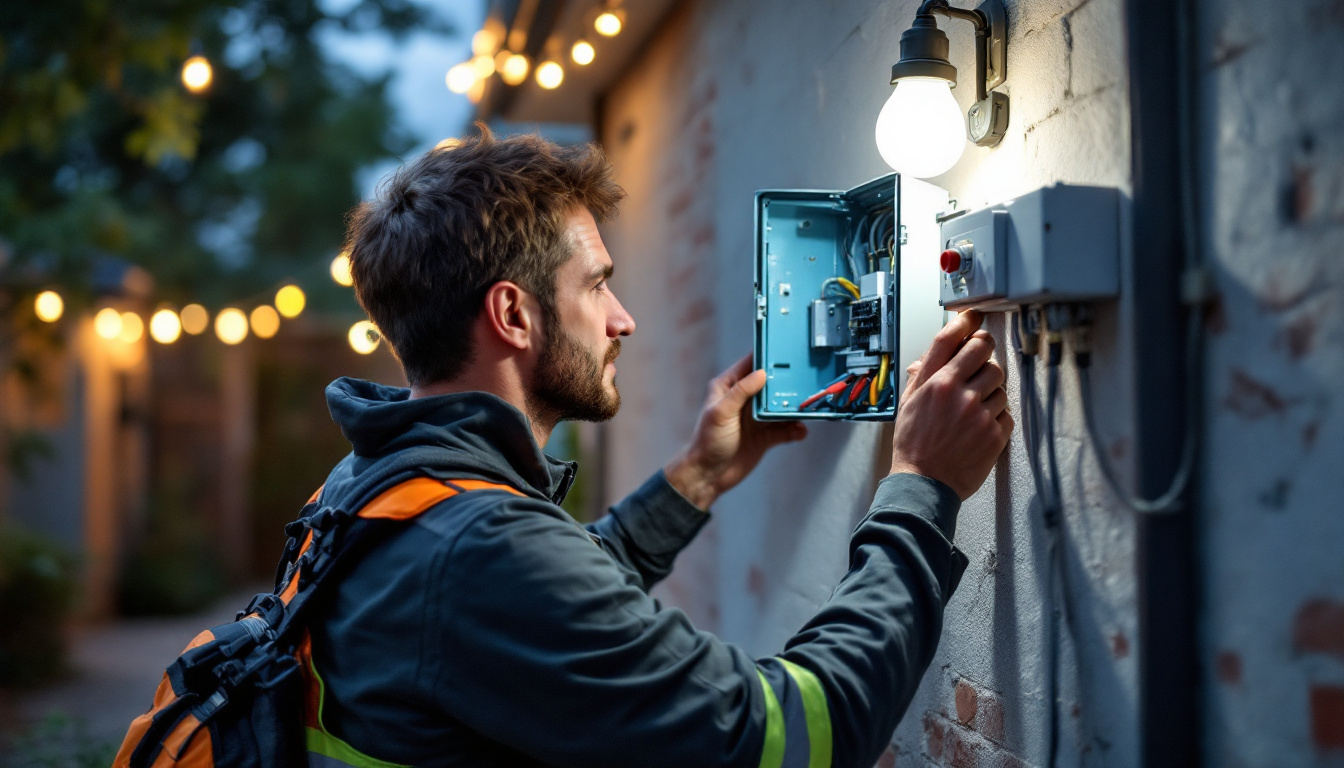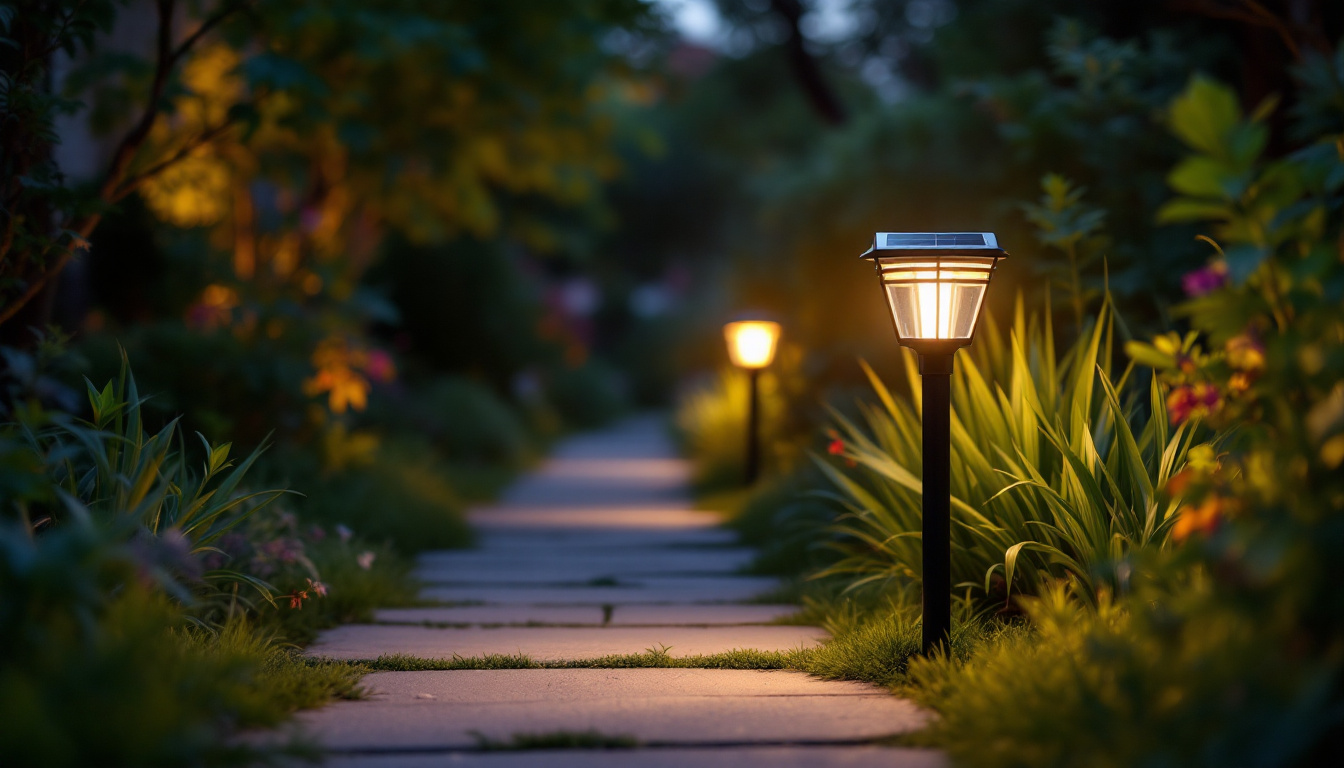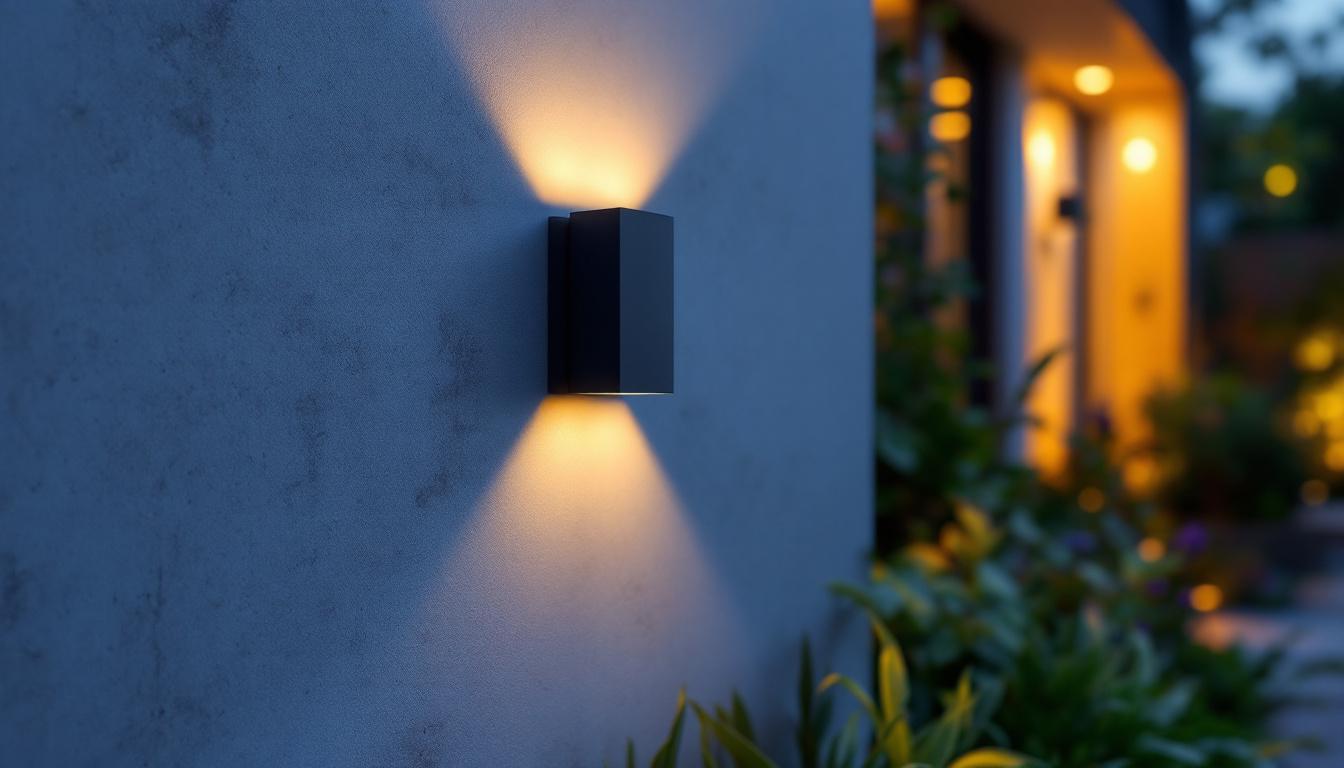
In the realm of outdoor lighting installations, the choice of electrical outdoor boxes is crucial for ensuring safety, functionality, and longevity. For lighting contractors, understanding the various aspects of these boxes can significantly enhance the quality of their work and the satisfaction of their clients. This article delves into essential tips and considerations that every lighting contractor should keep in mind when working with electrical outdoor boxes.
Before diving into the specifics, it’s important to grasp what an electrical outdoor box is and its role in lighting installations. An electrical outdoor box is a protective enclosure designed to house electrical connections and components. These boxes are specifically constructed to withstand environmental factors such as moisture, temperature fluctuations, and UV exposure. Their primary function is to ensure that electrical connections remain safe and operational, even in challenging outdoor conditions. This is crucial for maintaining the integrity of outdoor lighting systems, garden features, and other electrical installations that enhance outdoor spaces.
There are several types of outdoor electrical boxes available, each serving different purposes. The most common types include:
When selecting an outdoor electrical box, the material is a key factor. Common materials include:
In addition to the material, it’s also important to consider the box’s rating, which indicates its suitability for specific applications. For instance, a box rated for wet locations can be used in areas exposed to direct water contact, while a dry location box should only be used in areas protected from moisture. Understanding these ratings helps in selecting the right box for the intended installation, ensuring both safety and functionality. Furthermore, many outdoor electrical boxes come with additional features such as built-in surge protection or integrated mounting brackets, which can simplify installation and enhance performance.
Proper installation of electrical outdoor boxes is vital for ensuring safety and functionality. Following best practices can help prevent future issues and enhance the overall quality of the installation.
Choosing the right location for an outdoor electrical box is critical. It should be easily accessible for maintenance while being positioned away from potential hazards such as water sources or areas prone to physical damage. When mounting the box, ensure it is secured firmly to a stable surface, using appropriate fasteners that can withstand outdoor conditions. Additionally, consider the orientation of the box; positioning it in a way that minimizes exposure to direct sunlight can prevent overheating and prolong the lifespan of the electrical components housed within.
Furthermore, it’s important to comply with local codes and regulations regarding the installation of outdoor electrical boxes. These codes often dictate specific distances from ground level, height requirements, and even the type of materials that can be used. Consulting with local authorities or a licensed electrician can provide valuable insights that ensure your installation meets all necessary standards.
To protect the electrical components from moisture and debris, proper sealing is essential. Use weatherproof gaskets and ensure that all openings are sealed with silicone or other suitable sealants. Additionally, consider using conduit to protect wiring that runs to and from the box, further enhancing the weatherproofing of the installation. It’s also wise to regularly inspect the seals and gaskets for wear and tear, as these can degrade over time due to exposure to the elements, leading to potential water ingress.
Moreover, incorporating a drainage system can be beneficial in areas with heavy rainfall or snow accumulation. Installing a small drainage hole at the bottom of the box can help prevent water from pooling inside, which can lead to short circuits or corrosion of the electrical components. This small but effective addition can significantly enhance the longevity and reliability of your outdoor electrical installation, ensuring that it remains safe and functional for years to come.
Adhering to electrical codes is a non-negotiable aspect of any electrical installation. Lighting contractors must familiarize themselves with local regulations to ensure compliance and safety. These codes are designed to protect both the installer and the end-users from potential hazards, ensuring that all electrical systems function safely and efficiently. Ignoring these regulations can lead to severe consequences, including fines, project delays, and even legal action in the event of an accident.
Each region may have specific codes governing outdoor electrical installations. These codes dictate the types of materials that can be used, the depth of burial for underground wiring, and the required distance from water sources. For instance, in coastal areas, additional considerations may be necessary to combat corrosion from saltwater. Contractors should consult local building authorities or the National Electrical Code (NEC) to ensure compliance. Furthermore, staying updated on any amendments or changes to these codes is crucial, as they can evolve to reflect new safety standards and technological advancements.
In many cases, obtaining the necessary permits before starting an installation is required. This process often includes inspections to verify that the work meets code requirements. Ensuring that all permits are in place not only keeps the project compliant but also protects the contractor from potential liabilities. Additionally, passing inspections can enhance a contractor’s reputation, demonstrating their commitment to quality and safety. It is also important to note that some jurisdictions may require multiple inspections at different stages of the project, which can help catch issues early and avoid costly rework later on. Understanding the timeline and requirements for these inspections can greatly aid in project planning and execution.
In addition to selecting the appropriate outdoor box, choosing the right components is equally important. This includes everything from wiring and connectors to fixtures and switches.
Outdoor wiring must be rated for wet locations, ensuring it can withstand exposure to moisture. Use conductors that are insulated and designed for outdoor use, such as UF (Underground Feeder) cable or THWN (Thermoplastic Heat and Water Resistant Nylon-coated) wire. Properly rated wiring not only enhances safety but also contributes to the longevity of the installation.
Using the right connectors and fasteners is essential for maintaining a secure and reliable connection. Opt for corrosion-resistant materials such as stainless steel or brass for outdoor applications. Additionally, ensure that all connections are tight and secure to prevent water ingress and potential electrical failures.
Even with proper installation, outdoor electrical boxes require regular maintenance to ensure continued functionality and safety. Being proactive can help identify issues before they escalate.
Conducting regular inspections of outdoor electrical boxes is vital. Look for signs of wear, corrosion, or damage to the box and its components. Pay special attention to the seals and gaskets, as these are critical for preventing moisture ingress. If any issues are detected, address them promptly to avoid more significant problems down the line.
Common issues with outdoor electrical boxes can include tripped breakers, flickering lights, or complete power loss. When troubleshooting, start by checking the connections within the box for any loose wires or corrosion. If problems persist, it may be necessary to consult with an electrician or refer to the manufacturer’s guidelines for further assistance.
The electrical industry is continually evolving, and advancements in outdoor electrical boxes are no exception. Staying informed about new technologies can provide contractors with a competitive edge.
With the rise of smart home technology, smart outdoor electrical boxes are becoming increasingly popular. These boxes can integrate with home automation systems, allowing for remote control of outdoor lighting and other electrical components. Incorporating smart technology can enhance the convenience and appeal of outdoor lighting installations.
New materials and designs are being developed to improve the weather resistance of outdoor boxes. Innovations such as UV-resistant coatings and improved sealing mechanisms can significantly extend the life of these products, reducing the need for replacements and repairs.
For lighting contractors, understanding the intricacies of electrical outdoor boxes is essential for delivering high-quality installations that meet safety standards and client expectations. By focusing on proper selection, installation, and maintenance practices, contractors can ensure the longevity and reliability of their outdoor lighting systems.
Staying informed about industry trends and advancements will further enhance a contractor’s ability to provide exceptional service. With the right knowledge and tools, lighting contractors can navigate the complexities of outdoor electrical installations with confidence, ultimately leading to satisfied clients and successful projects.
Ready to elevate your outdoor lighting installations with the best in the business? Look no further than LumenWholesale, where we provide lighting contractors with the highest quality, spec-grade lighting products at unbeatable wholesale prices. Say goodbye to local distributor markups and hello to superior lighting solutions that meet the highest industry standards. Plus, with free shipping on bulk orders, you can stock up on premium lighting without worrying about hidden fees or compromises. Don’t miss out on the perfect combination of quality, affordability, and convenience. Visit LumenWholesale now and discover the value of Wholesale Lighting at the Best Value for your next project.

Illuminate your projects with our comprehensive guide on solar powered outdoor lights.

Discover how understanding hanging lamp parts can revolutionize the work of lighting contractors.

Discover why LED sconce light outdoor solutions are essential for lighting contractors—boost efficiency, enhance curb appeal, and meet rising demand with eco-friendly, cost-effective lighting options..

Discover how 1000 Watt LED lights enhance safety in lighting installations with superior brightness, energy efficiency, and durability—boost your project’s safety today!.